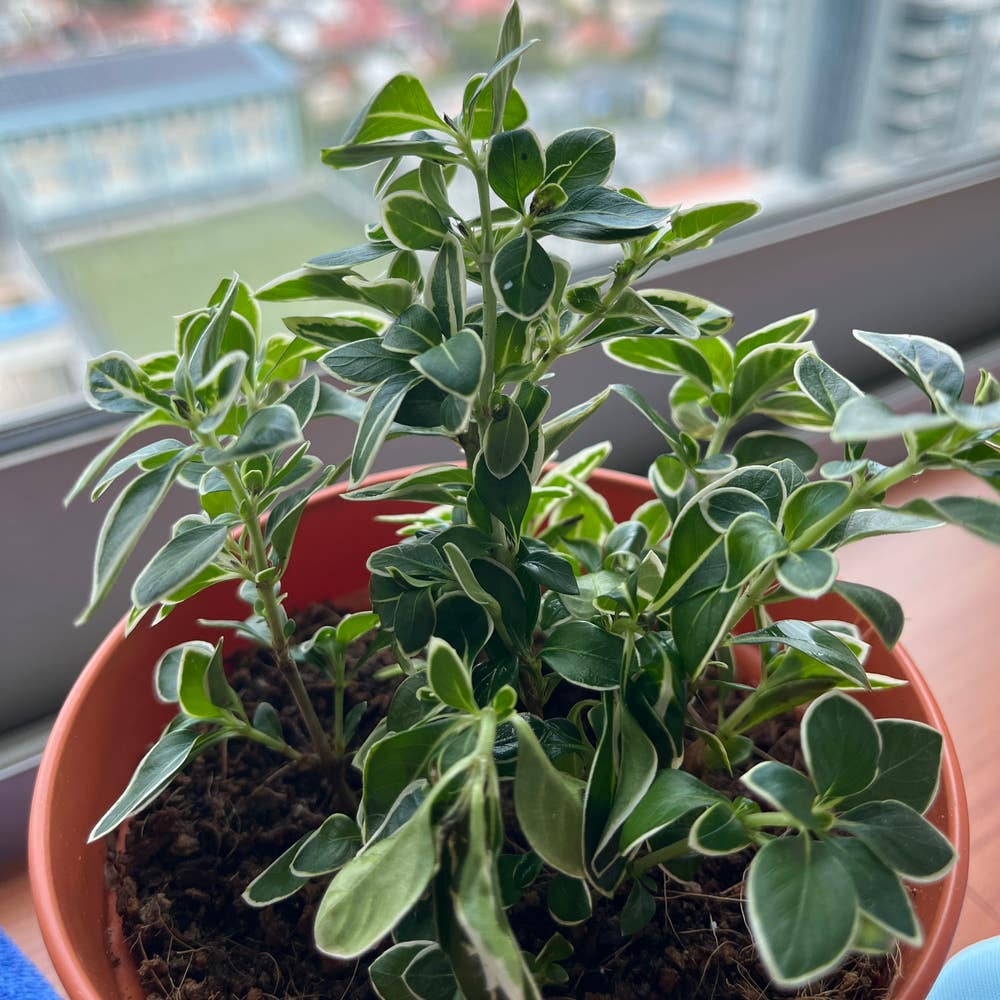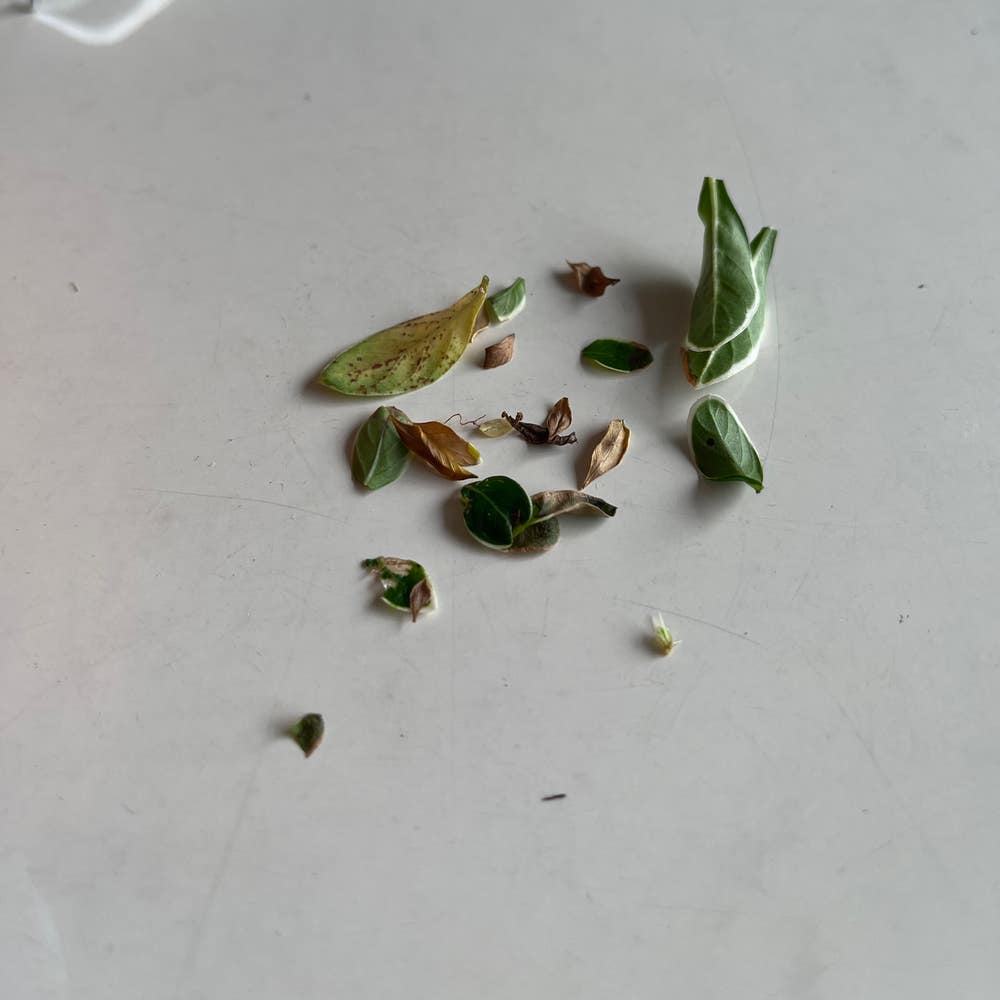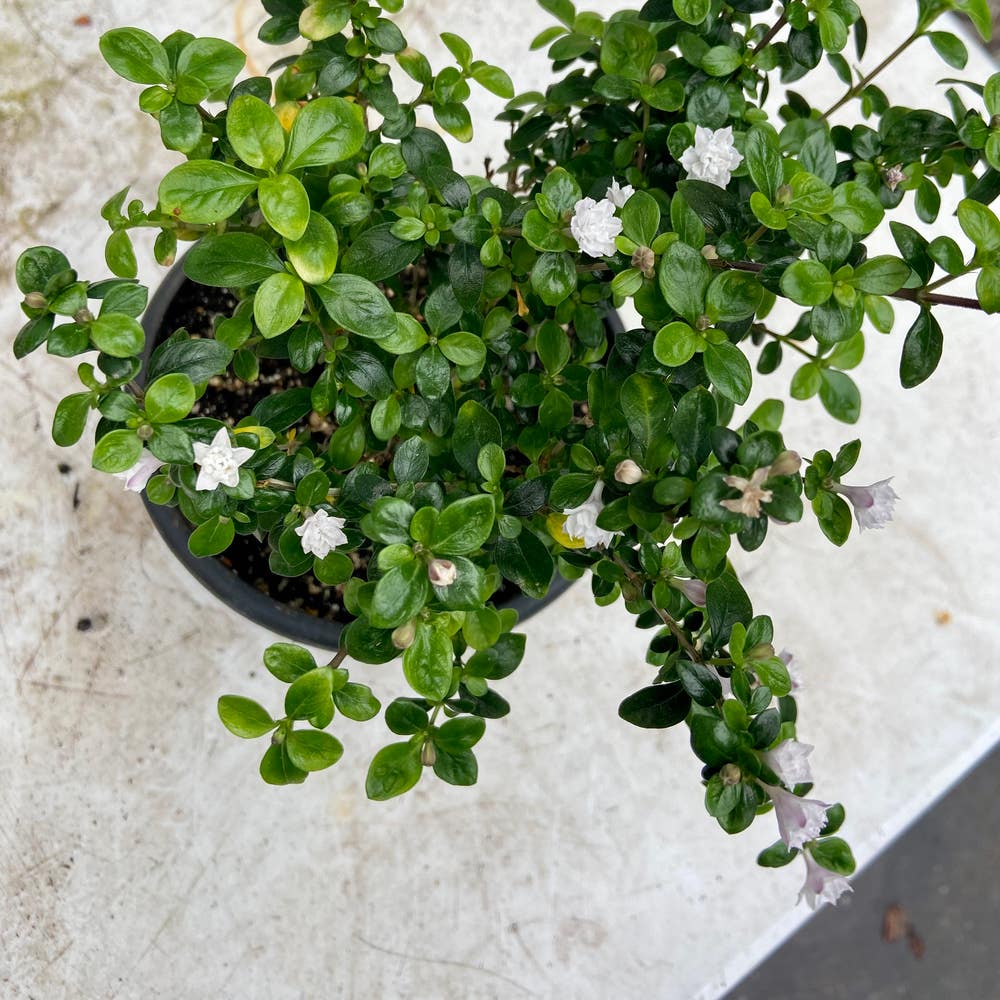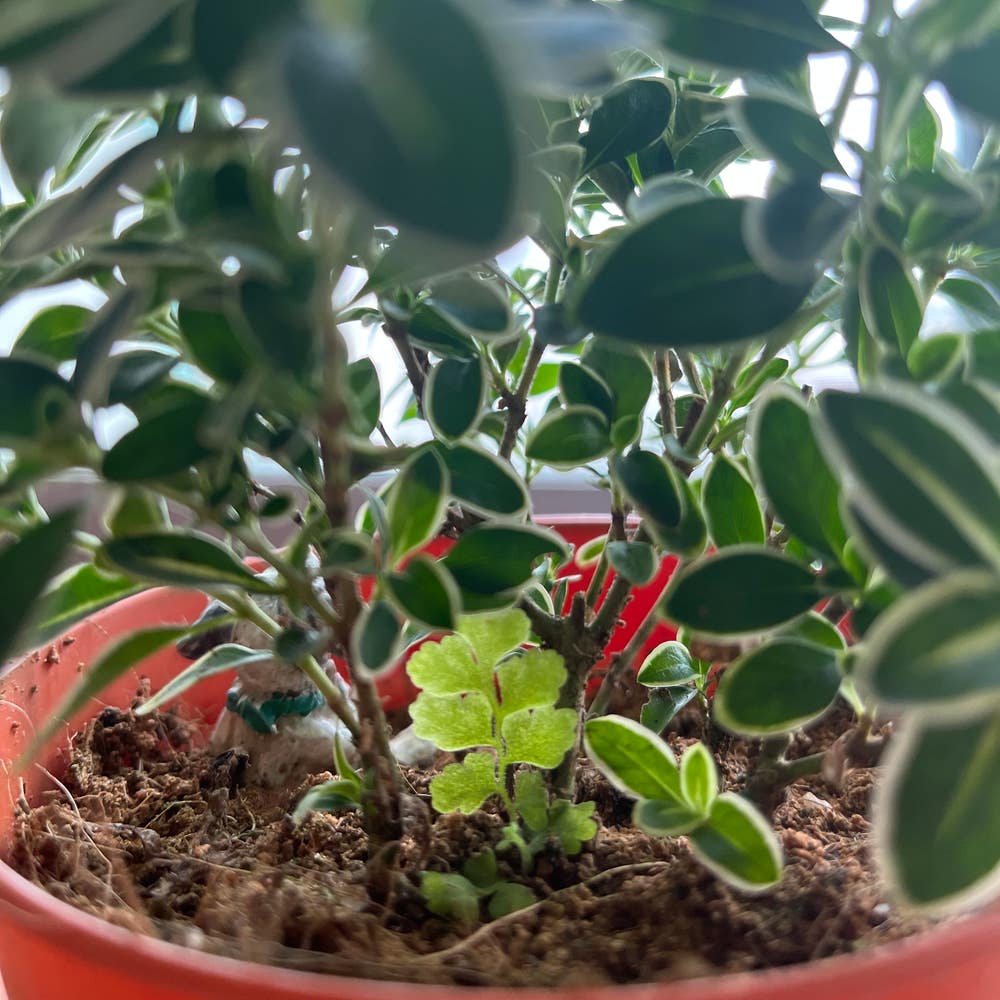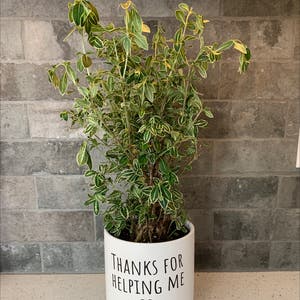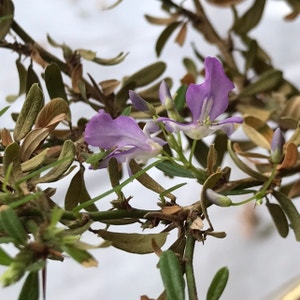

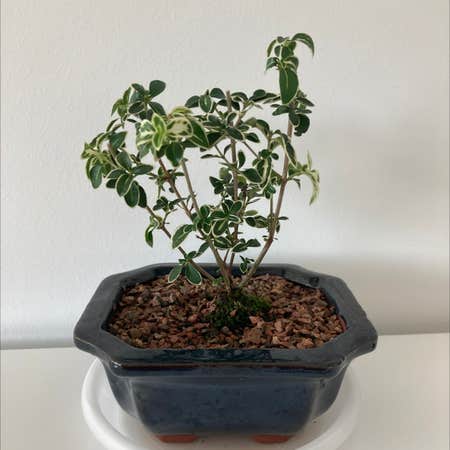



































Serissa Foetida

3.6 out of 5 (7 experiences)
 Survivor
Survivor
About Serissa Foetida
Snowrose is an evergreen or semi-evergreen deciduous shrub in the Coffee family native to sub-tropical woodlands, streambanks and wet meadows in southeast Asia. It grows 2-4 feet tall and slightly wider with stiff branches covered in small glossy leaves and many white flowers. It requires consistent moisture in fertile well-drained soils in partial sun to partial shade.
Taxonomy

Serissa japonica
Serissa
Rubiaceae
Gentianales
Also known as
Snowrose, Snowrose, Serissa, Tree of a thousand stars, Japanese boxthorn, Serissa foetida, Snow Rose Bonsai and Serissa foetida

How to care for Serissa Foetida
How often to water your Serissa Foetida

every 9
Serissa Foetida needs 0.5 cups of water every 9 when it doesn’t get direct sunlight and is potted in a 5" pot.
Use our water calculator to personalize watering recommendations to your environment or download Greg for more advanced recommendations for all of your plants.

Water 0.5 cups every
9
Finding light for Snowrose in your home

a window
Serissa Foetida may have difficulty thriving, and will drop leaves 🍃, without ample sunlight.
Place it less than 3 feet from a south-facing window to maximize the potential for growth.
Select your region to see how the current weather in your area affects the placement of Serissa Foetida in your home 🏡.
How to fertilize Serissa Foetida

Most potting soils come with ample nutrients which plants use to produce new growth.
By the time your plant has depleted the nutrients in its soil it’s likely grown enough to need a larger pot anyway.
To replenish this plant's nutrients, repot your Serissa Foetida after it doubles in size or once a year—whichever comes first.
-
woke up to drooping leaves, help please :( I've been following greg's watering schedule. hedwig's watering day is tomorrow but because he was droopy this morning, I watered today. what else can I do? thank you 💙 #NewPlantMom
-
#NewPlantMom 👋🏼🪴 hi everyone, I'll appreciate your advice. hedwig's green leaves has been turning yellow/white. I've noticed some browning and varied spotting on fallen leaves. what could be going on here? 🍂🍃 (hedwig is kept outdoors with bright sunlight all-day, and watered according to schedule)
-
mealybugs, please help! 😭😢 my snowrose has been sickly and dropping lots of leaves. I've identified that there are mealybugs (see pic for buildup of fluffy white sap residue). please help, I'll appreciate tips and advice to remove this pest situation and save my snowrose. thank you!
-
I have been treating my plant for red spider mites with diluted neem oil for two weeks, however I’m still finding the mites (I killed around 4 today). Any suggestions for treating spider mites? #SnowRose
-
While I'm hauling in plants before the storm, I just have to say this #SnowRose #SerissaFoedita has been a joy to watch. It took me a while to find the plant's #HappyPlace #OutsidePlants) but it has bloomed for the last two years!
-
🌿 new growth looks unfamiliar my #SnowRose has a new growth with very different leaves (shape and colour). is anyone able to identify what it is? thank you :)
Care Summary for Serissa Foetida

Serissa Foetida
 Greg recommends:
Greg recommends:
 Water
Water
0.5 cups every 9 days
 Placement
Placement
< 3ft from a window
 Nutrients
Nutrients
Repot after 2x growth
Based on the 4” pot your plant is in, and that it doesn’t get direct sunlight.

What other plant parents say
 Survivor 3
Survivor 3
 Fast grower 2
Fast grower 2
 Browns easily 1
Browns easily 1
 Blooms easily 1
Blooms easily 1
 Easy to propagate 1
Easy to propagate 1

 Trending in your area
Trending in your area
 Similar to Serissa Foetida
Similar to Serissa Foetida
✨ Discover rare plants

Lavandula Pedunculata

Fernleaf Lavendar

Cigar Plant

Ceropegia simoneae

Astroloba congesta

Euphorbia baioensis

Echeveria Arrow

Kilimanjaro Plant

Crassula 'Purple Drag…

Ace of Spades

Pine Cone Plant

Caladium

Thelocactus macdowell…

Croton Nervia

Sarcochilus fitzgeral…

Maroon Pitcher Plant

Betel

